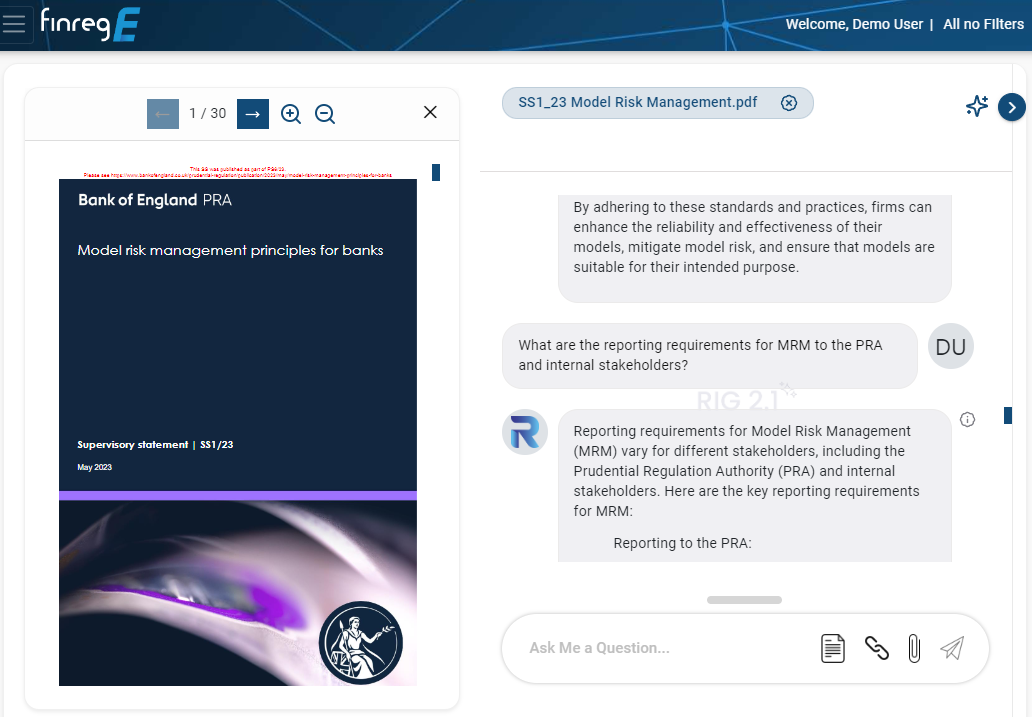Since the 2008 global financial crisis, many regulatory changes have been introduced to protect consumers and promote a safe financial system. As a result, banks had to increase compliance spending. Banks spend billions of dollars annually on compliance, with operating costs skyrocketing to 60% for retail and corporate banking institutions.
Firms are increasingly pressed to keep up with the wave of regulations, and when they do, it can become quite expensive. To tackle this problem, firms are often forced to allocate massive amounts of manpower and resources, leading to high costs.
This article will discuss how much banks spend on compliance and the rising costs for the industry.
The Costs of Bank Compliance
Since the enactment of the Dodd-Frank Act, total non-interest expenses for major banking institutions in the United States have grown by an average of more than $50 billion yearly.
Additionally, the Competitive Enterprise Institute discovered that the cost of compliance for large businesses could amount to a staggering $10,000 per employee. Compliance costs for global banks and large brokers with over 20,000 employees can exceed $200 million annually.
While broker-dealers and other smaller firms may spend less overall, the impact of regulations can be far more significant than expected and act as an unfair burden on their revenue. This works like a regressive tax that significantly affects their bottom line.
There was a dramatic jump from 2019 to 2020 in global compliance costs, with $213.9 billion reported at the end of that year. United States and western European businesses accounted for an overwhelming 89% of that amount – equalling over $33 billion in total expenditure increase.
What Banks Pay for Non-Compliance
Financial institutions often pay hefty fines for not complying with the law. Every year, regulatory agencies issue penalties to punish organisations for their non-compliance. These expenses can be exceedingly high and could damage a firm’s reputation.
For instance, U.S. banks have been penalised with a staggering sum of $243 billion since 2008. In the two years from 2018 to 2019, international regulators imposed an all-time high of $10 billion worth of fines on financial institutions.
By the summer of 2020, regulators had levied a staggering $5.6 billion in penalties against financial institutions for their misconduct.
Surprisingly, the penalties for not meeting compliance are a mere fraction of the costs associated with non-compliance. During an entire year, enforcement action fines can average up to $2 million. However, this figure pales compared to the damage inflicted by such actions. This includes:
- Business Disruption (due to enforcement action): An average of $5 million
- Revenue Loss: $4 million
- Productivity Decline: $3.7 million
Altogether, firms spend an astounding $15 million to deal with the consequences of not following compliance regulations. This is more than two and a half times greater than what they would have spent on creating vital compliance programs in the first place.
Challenges Faced by Banks in Meeting Their Regulatory Requirements
The pressure of meeting the changing risk and compliance requirements can be overwhelming for banks. The sheer number of regulations they must comply with is daunting, and the constantly evolving compliance landscape makes it hard to stay up-to-date.
Furthermore, the complexity of regulations strains banks’ internal systems and processes, making it difficult for them to understand which elements are relevant to their business. They must also have measures to detect, prevent and report any suspicious activity.
On top of all this, banks are expected to provide accurate and up-to-date documents for compliance purposes that regulators can audit. This adds another layer of complexity to the already considerable burden of meeting regulatory requirements.
Impact of New Technologies on Bank Compliance Costs
New technologies have the potential to make compliance costs more manageable. Banks can quickly process and analyse large datasets through automated processes to detect any suspicious activities or transactions that require investigation.
Additionally, banks can use artificial intelligence (AI) algorithms for monitoring and surveillance, allowing them to identify fraudulent behaviour faster and more accurately than ever before.
All in all, new technologies and advanced analytics have the potential to help banks more effectively meet their regulatory requirements while simultaneously controlling costs. By leveraging these tools, financial institutions can gain an edge over their competitors by reducing the amount of time and effort spent on compliance-related activities.
Utilising Automated Regulation Solutions
Financial institutions face a myriad of challenges when it comes to meeting their compliance requirements. From hefty fines to business disruption, the costs associated with non-compliance can be crippling for a firm’s bottom line.
Fortunately, new technologies have the potential to help banks more effectively meet their regulatory requirements. By leveraging advanced analytics and automated processes, banks can reduce the time and effort spent on compliance-related activities while controlling costs.
FinregE creates cost-effective and reliable automated regulatory compliance solutions that leverage advanced technology. Call us today to request a free demo.


